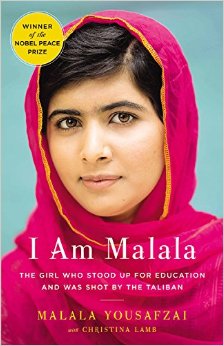Why Filipinos should read ‘I Am Malala’
I consciously find time to visit a bookstore, and recently, after numerous visits, I eventually bought one of my sought-after-but-maybe-next-time books. You know that one book you really wanted to buy but opted to hold it for the time being for you to buy next time around? That’s what I Am Malala is for me, and it did not disappoint.
The book narrates the experiences of Malala Yousafzai, a Pashtun (an ethnic group in parts of Afghanistan and Pakistan) activist who, despite her young age, ardently fights for the right to education, especially for girls, in her hometown in Swat Valley, Khyber Pakhtukva Province in Northern Pakistan.
But Malala’s struggle almost came to a permanent halt when, on her way home one afternoon in 2012, their school bus was ambushed and she was shot. She miraculously survived after surgery and rehabilitation, and is now known as the girl who stood up for education and was shot by the Taliban. Today, she remains a symbol of courage and hope.
Well, maybe you’re thinking that Malala’s story is just another inspiring story, just like what we casually find while browsing our news feeds. But I just want to add that Malala is the youngest Nobel Peace Prize laureate ever at age 17. Yes, you read it right—seventeen.
I hope that fact alone would encourage you to grab your copy but if that’s not enough, then read on.
Continue reading at Bookbed.org.
ThINQ is the Inquirer's attempt to highlight in the public space the distinct viewpoints contributed by bloggers covering a wide range of topics and issues.
If you'd like to be included in the ThINQ blogger network, e-mail sara.pacia@inquirer.net with the subject "ThINQ Membership" along with your blog's URL and topics your blog currently covers.




















